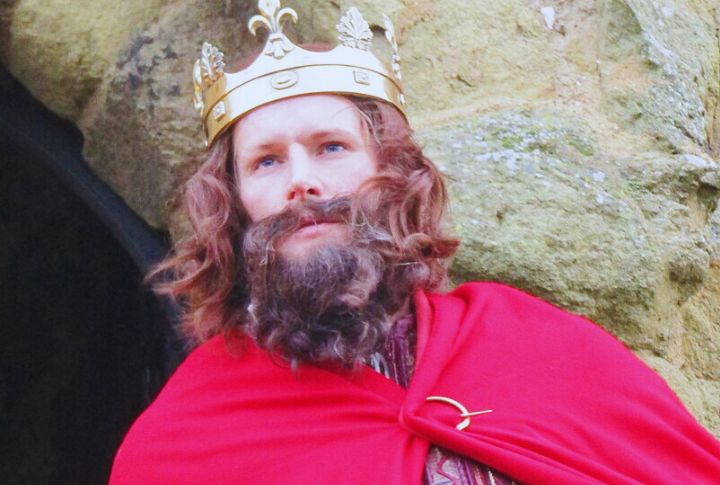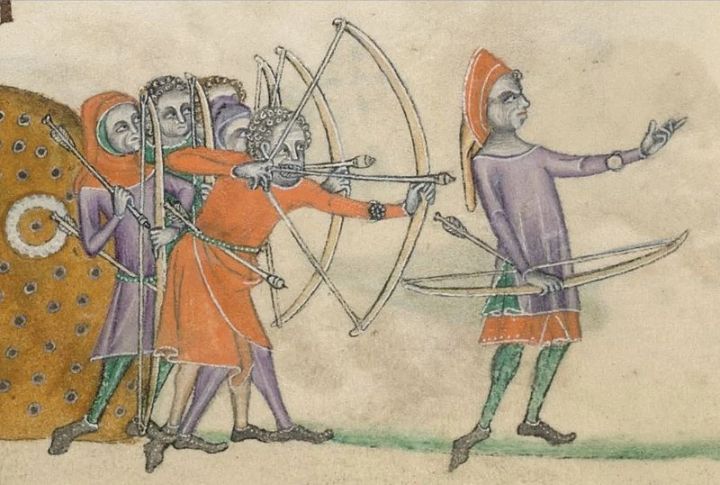
Medieval history holds surprises that most people never learn about. The era was governed by bizarre laws and unexpected traditions that shaped everything from fashion to justice. Popular misconceptions have clouded our understanding of this complex period. What actually happened back then often defies modern logic and sensibility. Discover the peculiar realities of medieval life that will make you rethink everything.
German Spouses Settled Divorces Through Combat
In medieval Germany, marital disputes could be legally settled through trial by combat. Husbands fought while standing in a hole up to their waist with one hand tied behind their backs, and wives threw a sack filled with rocks. Though brutal, this system was considered a legitimate legal process designed to balance the fight.
Animals Faced Legal Trials In Court
Medieval Europe sometimes treated animals as full legal subjects. Pigs, roosters, and even donkeys were prosecuted for offenses ranging from murder to “unnatural acts.” Even courts could convict and execute them. One sow was hanged in 1457, whereas a rooster was condemned for laying an egg. In rare cases, animals were acquitted.
Shoe Size Reflected One’s Social Rank
Cracow shoes—with exaggeratedly long, pointed toes—became fashionable from the 1330s onward. Their length showed social status: the longer the shoe, the higher the wearer’s rank. Some pairs were so long they needed whalebone to keep their shape. Shoes like these let medieval elites show off their wealth and stand out from the lower classes.
Medieval Football Was Outlawed For Its Violent Nature
Medieval football had no player limits and could spread across entire villages. People usually ignored the ball and fought with almost no rules. During Shrovetide, a festival before a 40-day religious fast, almost any move was allowed except killing. It was so violent that King Edward II of England (1307–1327) banned football in 1314.
Archery Practice Was Compulsory For English Men

To strengthen England’s military, King Edward III of England (1327–1377) required able-bodied men to practice archery every Sunday. This created a constant supply of skilled longbowmen and helped build the world’s first professional archer force. Mandatory training contributed to victories at the Battle of Crecy in 1346, part of the Hundred Years’ War.
Castle Staircases Were Designed As Weapons
Castle spiral staircases were built to twist clockwise to make it hard for right-handed attackers, whose swords would hit the central column. Defenders going down the stairs had more space to fight. Additionally, the Steps were also uneven, so residents knew the pattern, while invaders tripped. These designs acted as strong defensive weapons.
Castle Walls Contained Hidden Secret Chambers
Many castles featured walls up to twelve feet thick, thereby allowing builders to carve out concealed rooms and passageways. These hidden spaces served practical purposes—storage, escape routes, or covert movement within the fortress. Some even remain undiscovered today.
Eels Served As Medieval Currency
In medieval fenland regions, eels were abundant enough to become an accepted form of payment. Records show land rented for tens of thousands of eels, which reflects a resource-based economy adapted to local conditions. Their ease of storage and transport made them surprisingly practical as a regional currency.
Surnames Did Not Exist In Britain Until After The Norman Conquest
Before 1066, most people in Britain didn’t have family names. Instead, they used descriptions like their job, looks, or where they lived to identify themselves. After the Norman Conquest, surnames slowly became common and passed down through families. A few hereditary names existed earlier, but they were rare.
Public Bathhouses Were Common
Despite the stereotype of medieval filth, public bathhouses were widespread across Europe. People washed regularly in basins, rivers, or communal baths, and handwashing before meals was considered proper etiquette. Wealthier households even had rudimentary plumbing systems using cisterns and gravity.

